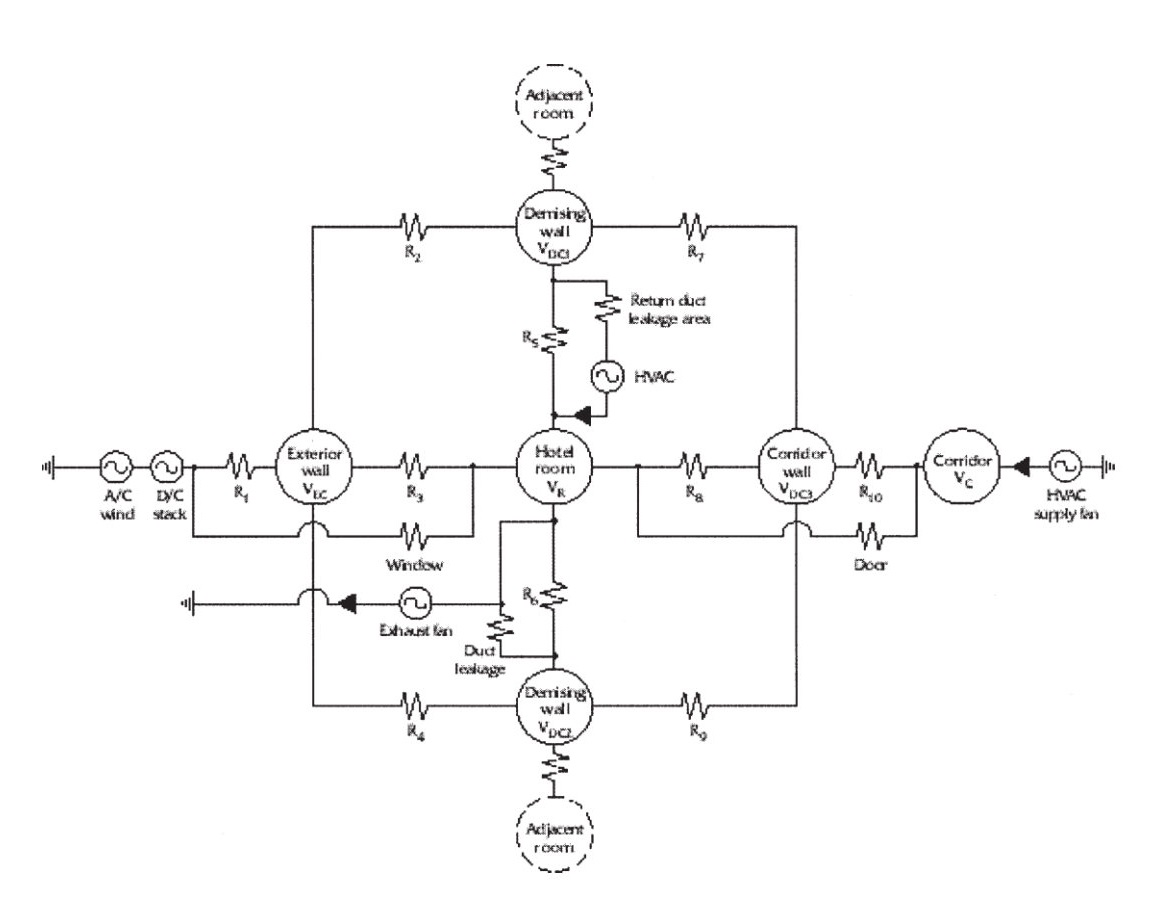Only now, four decades after passive houses were designed in the US and built in Canada, the authors are able to discuss the next generation of new and retrofitted buildings in the same way. This paper presents a universal system for different types of buildings and climates that includes construction experience and is reinforcing multi-disciplinary synergies. A next generation of technology uses adaptable indoor climate, integrates HVAC and building structure; applies field monitoring of energy and indoor environment and develops a performance model that is based on artificial neutral network. This approach, includes: 1. The self-learning ANN as a part of the building management system, 2. This management system guides energy optimization in a post-construction stage 3. A two-stage construction process for new and retrofits. The first stage prescribes investment level and optimizes performance; opposite in the second stage. This paper highlights that some elements of the proposed methodology have already been applied in the practice. It also underlines that this integrated multi-disciplinary system can be applied with a different combination of technological elements.

